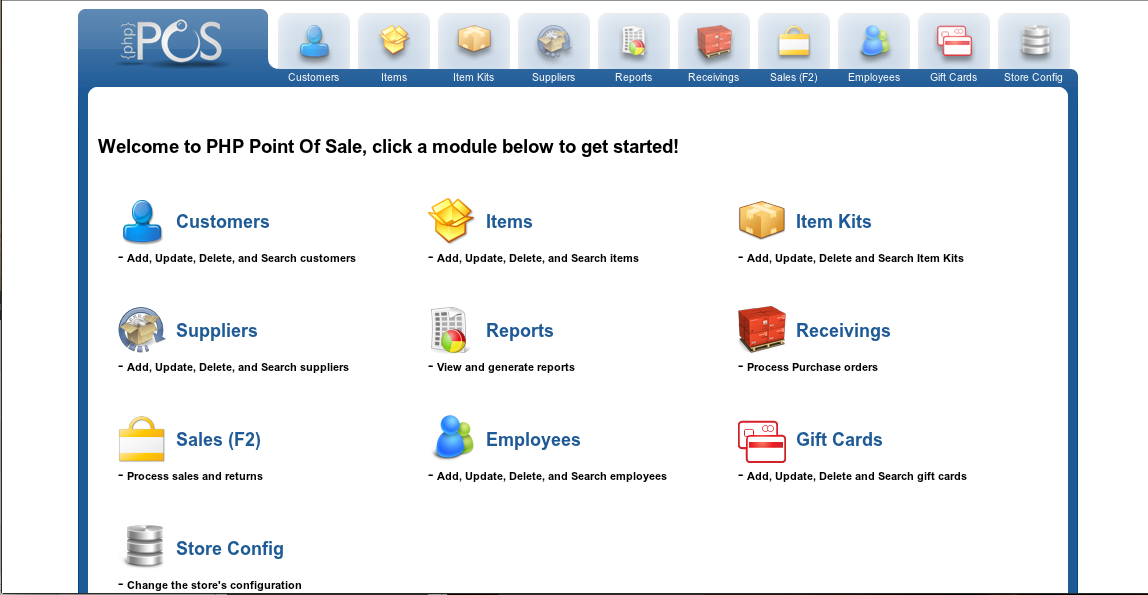

The best of these systems allow business owners to track not just the basic financial data associated with the purchasing process, but connect, collect, and store all the documents related to each transaction (including invoices, purchase requisitions, shipping documents, changes, additions, and communications via email, fax, and post) in a secure database that’s still user-friendly for approved staff and suppliers.įormalizing this process helps reduce duplicate orders and unapproved spending by introducing approval workflows and supplier management to the equation. It makes good sense, then, to create, track, and manage these crucial documents in an intelligent and user-friendly way.Ī purchase order system formalizes the business processes involved in creating and managing purchase orders. They also spell out a variety of important concerns, such as pricing terms and the quality and quantity of goods and services to be delivered by a certain date. Why Do I Need a Purchase Order System for Small Businesses?īecause they create a binding legal contract between you (the customer) and the vendor (the seller), purchase orders offer both documentation and legal protections for both parties.

One of the most effective ways to gain control and reduce your risk exposure is to ensure you have a purchase order system for small businesses as a core component of your procurement function. Small businesses operate with a much narrower margin of error than their larger, more comfortably funded and staffed counterparts, so it’s especially important to have a tight rein on important, and sometimes precarious, areas such as procurement. In a marketplace where fewer than 40% of small businesses (SMBs) survive past a decade, it takes dedication and attention to detail to thrive.


 0 kommentar(er)
0 kommentar(er)
